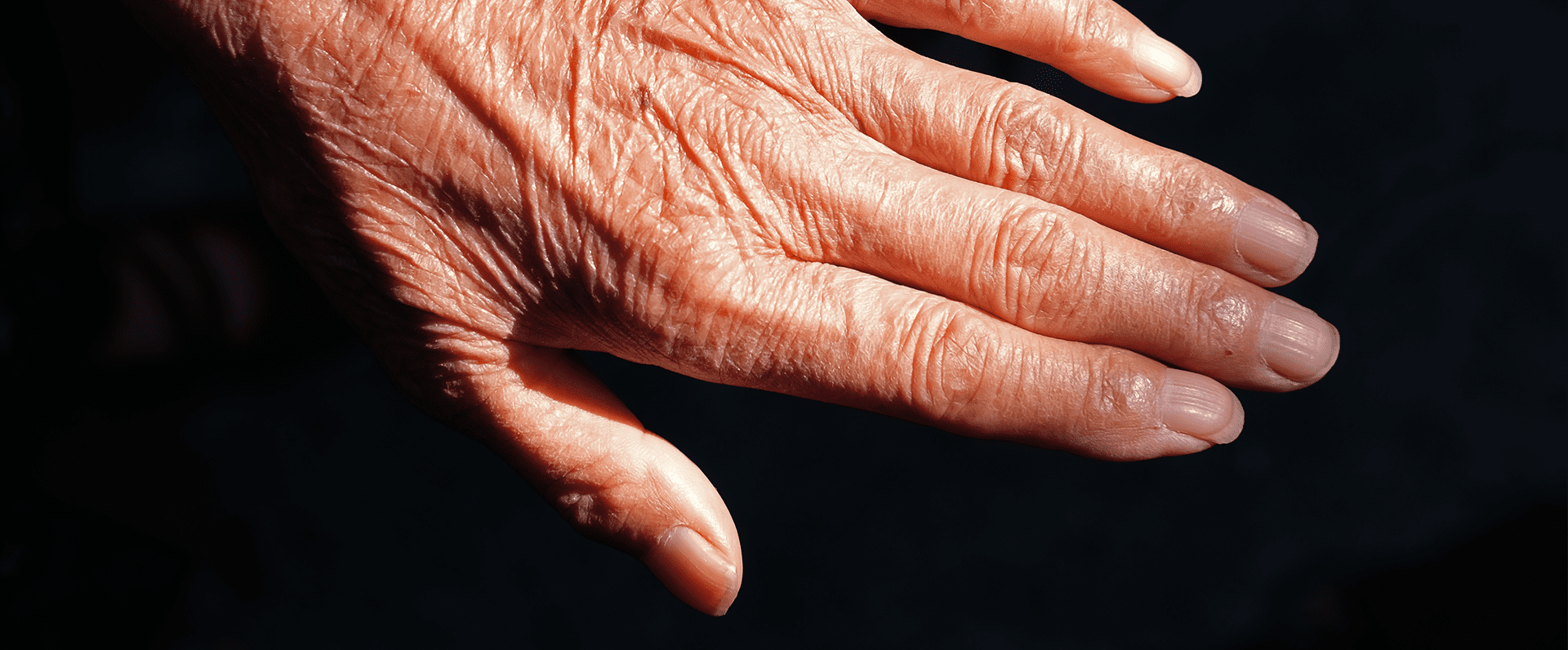Rheumatoid arthritis (RA) is a chronic autoimmune disorder that causes the inflammation of joints and surrounding tissues. RA occurs as a result of an immune response in which your body’s immune system attacks its healthy tissues and damages them mistakenly. The exact causes of RA are unknown, but some factors may increase the risk of developing the disease. It can affect various joints in the body, such as fingers, wrists, hands, knees, ankles, toes, and feet, on both sides, making it different from other types of arthritis. However, sometimes it can affect other parts of the body, including the eyes, skin, mouth, heart, and lungs.
Stages of Rheumatoid Arthritis
There are mainly four stages of rheumatoid arthritis. They include:
Stage I: Synovitis
In this stage, you may have mild symptoms such as joint pain and stiffness. During this stage, the immune system starts attacking the joint tissues, making the synovial membrane to become swollen.
Stage II: Pannus
In this stage, the continued inflammation leads to thinning of the cartilage around the joints. It can also progress into the stage of joint damage.
Stage III: Fibrous Ankylosis
During this stage, bones start to fuse to the connective tissue of joints, making them immobile. It can limit the range of motions and cause difficulty in performing simple tasks.
Stage IV: Bony Ankylosis
During this stage, bones start to fuse with no connective tissue in between them. It can limit a range of movements. So, one is unable to bend or flex their joints.
Signs and symptoms
The signs and symptoms of RA may vary from one individual to another. It may include times when sudden onset and increase in symptoms (flares) occurs and with no symptoms (remission) at other times. Some of these include:
• Pain or aching in several joints
• Stiffness in more than one joint
• Swelling and tenderness
• Fever
• Weight loss
• Fatigue or tiredness
Diagnosis of Rheumatoid Arthritis
Rheumatoid arthritis can be diagnosed by performing a physical examination, laboratory tests, and imaging tests.
Physical Examination
During the physical examination, your healthcare provider will examine your joints for redness, swelling, warmth, joint reflexes, and muscle strength.
Blood tests
Blood tests are performed to identify the inflammatory blood proteins that are signs of RA. Blood tests include
• Erythrocyte sedimentation rate (ESR) or “sed rate” confirms the inflammation in the joints
• C-reactive protein (CRP) test
• Cyclic citrullinated peptidase (CCP) test
Antinuclear antibody (ANA) blot test
• The antinuclear antibody (ANA) test detects the presence of antinuclear antibodies, which bind to the nucleus of a cell in a given sample of blood. Anti-nuclear antibodies are auto-antibodies (proteins) that react with components of the body’s normal tissues and organs and cause inflammation and infection in normal joints in the case of RA.
• A series of tests may be conducted to identify particular RA antibodies if the test is positive.
Interpretation of ANA test results
Positive result
If the test results are positive, it indicates the presence of antinuclear antibodies in blood. It means that there is a likelihood of having an autoimmune RA. If the test is positive, the healthcare provider could recommend further tests, especially if symptoms of an autoimmune RA condition remain persistent.
Negative result
If the test results are negative, it indicates the absence of antinuclear antibodies in blood. It means that there are less chances of having an autoimmune RA disease.
Imaging tests
Imaging tests such as X-rays, ultrasound, and magnetic resonance imaging (MRI) scans will help to determine the extent of joint wear and tear and also to monitor the treatment response.
Treatment of RA
RA often requires long-term treatment by a rheumatologist (an arthritis expert). Treatment includes:
• Medications – Disease-modifying antirheumatic drugs (DMARDs), Nonsteroidal anti-inflammatory drugs (NSAIDs), corticosteroids, targeted synthetic DMARDs, etc.
• Physical therapy and regular follow-ups
• Surgery, if required
There is no permanent cure for RA. However, it is possible to prevent the flares of RA with early diagnosis and the beginning of treatment to suppress or control inflammation at the early stages of the onset of symptoms (i.e. within 6 months). This will slow or stop RA disease progression (joint destruction or deformities) and help in leading an active life.


